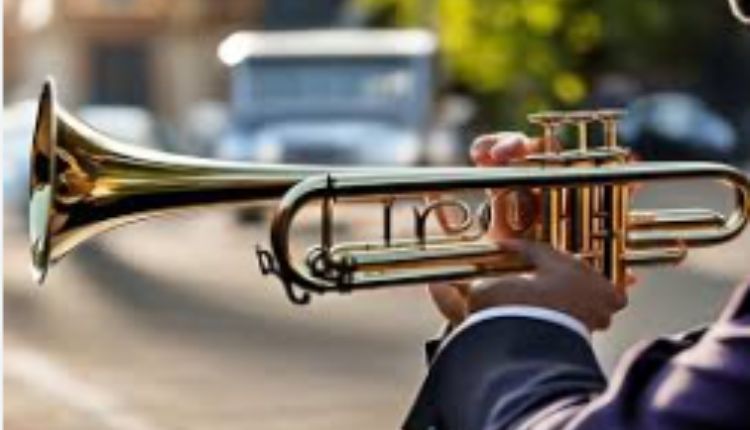The Trumpets, with its powerful, resonant tone, has been a symbol of grandeur and musical dynamism across centuries. Originating around 1500 BC, it has evolved from a signaling tool to a refined instrument that defines orchestral, jazz, and even pop music. Today, various types of trumpets contribute their unique voices to different musical landscapes, each with distinctive qualities and historical significance. Here’s a look at the main types of trumpets and how they continue to shape the sound of music.
The Standard Trumpet: Classic and Majestic
The most widely recognized trumpet, the Bb trumpet, is celebrated for its bright, clear tone and versatility across genres. With its three-piston valve system, it can produce a range of notes and styles, making it essential in orchestras, jazz bands, and marching bands alike. Historically associated with fanfare and royal ceremonies, the standard trumpet brings a sense of triumph and majesty to compositions, inspiring audiences with its bold sound.
The Cornet: Sweet and Mellow
A close relative of the trumpet, the cornet has a conical bore that gives it a softer, mellow tone. Known for its warm and lyrical sound, the cornet is popular in British brass bands and is favored in jazz for its expressive quality. Early jazz musicians like Louis Armstrong began their careers on the cornet, and its versatility makes it a staple for many trumpet players seeking a nuanced, less piercing sound. Today, it remains valued for its ability to blend smoothly in ensembles.
Jazz Trumpets: Expressive and Dazzling
The trumpet is iconic in jazz, celebrated for its brilliant tone and expressive capacity. Jazz trumpeters like Louis Armstrong, Miles Davis, and Dizzy Gillespie revolutionized the instrument with improvisational techniques, bending notes and sliding between pitches to create an innovative and lively sound. In jazz, the trumpet isn’t just an instrument but a vehicle for personal expression and creativity. Its adaptability has made it an essential voice in the genre, capable of both soft, melodic phrases and bold, energetic solos.
The Piccolo Trumpet: High and Brilliant
The piccolo trumpet, the smallest and highest-pitched in the trumpet family, is favored in classical and Baroque music for its agility and bright tone. It’s often used to perform challenging, intricate pieces requiring vivid high notes. One famous example is the piccolo trumpet solo in The Beatles’ “Penny Lane,” performed by David Mason, which added a unique, brilliant touch to the song. Though primarily seen in classical settings, the piccolo trumpet’s distinct sound occasionally makes its way into pop and modern compositions, proving its adaptability.
The Pocket Trumpet: Compact and Portable
The pocket trumpet, a compact version of the standard trumpet, produces a similar pitch and tone to a Bb trumpet but is more portable due to its coiled design. Though it has a novelty appeal, the pocket trumpet is functional and is often Genres used in travel or practice settings. Its unique look and sound have found it a niche in jazz, where musicians value its compact size and warm, mellow tone.
Conclusion: The Trumpet’s Lasting Impact
From the grandeur of the standard Bb trumpet to the high-pitched brilliance of the piccolo trumpet, each type of trumpet brings a distinct voice to the world of music. Their sounds resonate through genres, embodying emotions that range from triumphant to tender. As the trumpet continues to evolve and find new audiences, its enduring influence proves that the “bold call of brass” will continue to shape music for generations to come.


